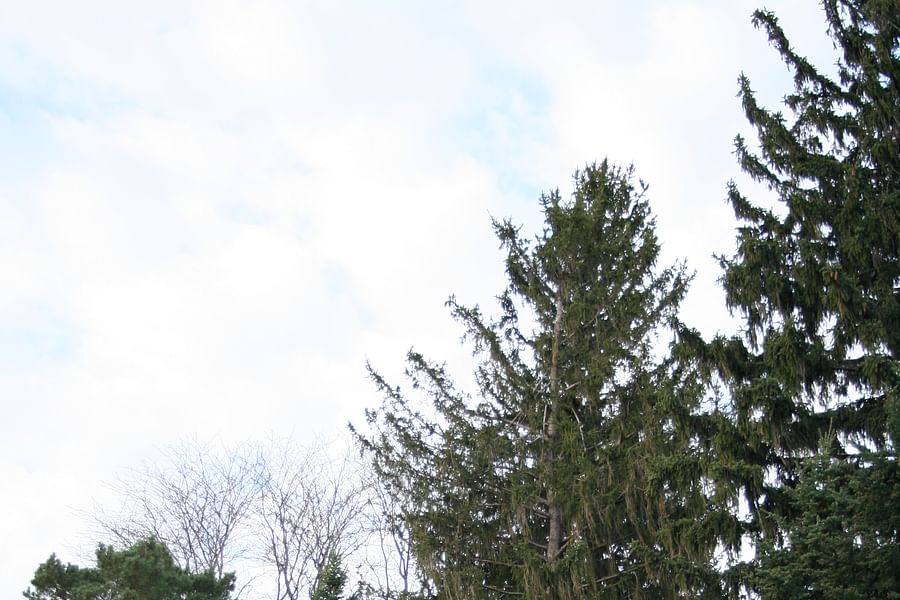Gardening with a Purpose: Creating Corridors for Pollinator Migration

As the sun peeks over the horizon, a symphony of buzzing and fluttering fills the air. It's not just a sign of a new day; it's the sound of life, sustained by the tireless work of pollinators. These creatures, vital to our ecosystems, are facing unprecedented challenges in their quest for survival. Yet, as gardeners, we have the power to be architects of change. By crafting corridors for pollinator migration, we can create lifelines that traverse urban and rural landscapes, ensuring these essential species flourish.
Imagine a highway system designed not for cars, but for bees, butterflies, and hummingbirds. This is the essence of pollinator pathways, a network of green spaces rich in native flora that provide shelter and sustenance for migrating pollinators. These pathways are critical as they connect fragmented habitats, allowing species to move freely and fulfill their roles in nature's cycle.
To grasp the full significance of these corridors, one must recognize the plight facing pollinators. Habitat loss, climate change, and pesticide use have created an environment fraught with obstacles. By integrating native plants into our gardens and urban spaces, we not only enhance biodiversity but also offer these creatures a fighting chance at survival.
The cornerstone of any pollinator-friendly habitat is selecting the right plants. Native species are particularly adept at providing the best nutrition and support because they've co-evolved with local wildlife. To ensure your garden serves as an ideal stopover on these vital migratory routes, focus on plants that offer nectar and pollen throughout different seasons.










Incorporating a variety of plant types is crucial. From trees like willows and maples to shrubs such as blueberries and flowering perennials like coneflowers and milkweed—you're not just planting flora; you're setting up a buffet for a host of traveling insects and birds. For those seeking guidance on crafting such spaces, resources like step-by-step guides to creating your pollinator garden can be invaluable.
Beyond food sources, providing shelter is fundamental to successful migration corridors. This includes nesting sites for bees or host plants for butterfly larvae. Features like rock piles or dead wood can also offer respite to weary travelers.
When designing these sanctuaries within your garden or community space, consider layering different heights and densities of vegetation to mimic natural environments—a technique well-detailed in guides like garden designs that attract pollinators. Such thoughtful planning ensures that whether they crawl or fly, all visitors find comfort within your green refuge.
As we delve deeper into this topic, let us remember that gardening with purpose transcends aesthetic pleasure—it's about stewardship and responsibility towards our planet's future. By building corridors for our winged companions, we're not only enhancing our own backyards but also contributing to a global effort in conservation.
We're curious to know what hurdles you face when trying to make your garden a haven for pollinators. Share your experience!
In part two of this article series on Gardening with a Purpose: Creating Corridors for Pollinator Migration', we will explore innovative ways to integrate water sources into your habitat design—vital components that ensure these tiny travelers stay hydrated on their journey—and discuss how community involvement can amplify the impact of individual efforts.
Native plants are the cornerstone of any pollinator corridor. By incorporating native flora, you not only provide essential nectar and pollen but also cater to the specific life cycle needs of local pollinators. It's vital to choose a variety of plants that bloom at different times, ensuring a steady supply of resources throughout the seasons.





Incorporating layers within your garden, from ground covers to canopy layers, creates a more diverse habitat. This vertical stratification can support a wider range of wildlife and mimic natural ecosystems. Be sure to research which garden designs are most conducive to the species you aim to attract.
Beyond food sources, pollinators need water and shelter for survival. A simple birdbath or shallow dish with pebbles can serve as an adequate watering hole. For shelter, consider leaving dead wood in your garden or installing bee hotels. These habitats can be both functional and aesthetically pleasing elements in your sustainable garden design.
Maintenance is key in ensuring these resources remain safe and usable for wildlife. Regularly cleaning water sources and monitoring shelters for signs of disease or parasites will help maintain a healthy environment.
Your garden is just one piece of the puzzle when it comes to supporting migratory pollinators. Connecting with neighbors and local gardening groups can amplify your efforts. Encourage others by sharing your experiences and successes through low-maintenance gardening techniques that benefit both humans and wildlife.
Pollinators like bees and butterflies are crucial for a healthy ecosystem. By connecting our gardens, we can support their migration and survival. Are you in?
Collaborative projects can lead to larger, connected habitats that greatly impact pollinator populations. Consider reaching out to local schools or community centers; educational gardens can serve as additional waypoints for migrating species while fostering environmental stewardship among youths.
Educational outreach is crucial in building these connections. Hosting workshops or creating informational pamphlets on the importance of native plants and habitat conservation can inspire action within your community.
"Every garden matters, every landscape counts. When we connect our spaces, we create a tapestry rich with biodiversity that supports life at all levels." – Oliver Kim
To further your knowledge on creating effective corridors, explore resources like step-by-step guides or take part in interactive ways to learn through quizzes such as "Create a Low-Maintenance Pollinator Garden."
Remember, while individual actions are powerful, collective efforts have the potential to create sweeping changes across landscapes. So let's roll up our sleeves and get planting—for beauty, biodiversity, and the betterment of our planet!
Post a comment